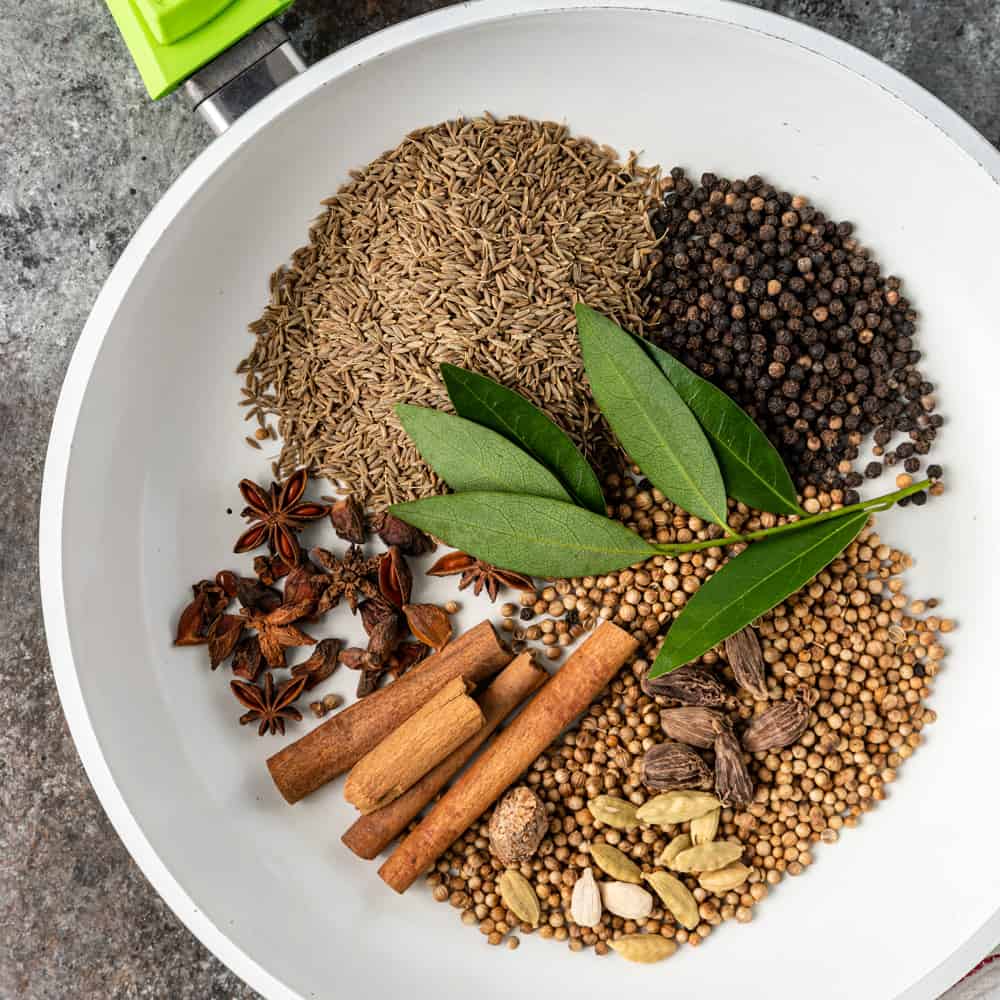Indian cuisine is renowned for its rich and diverse flavors, and at the heart of these culinary masterpieces are the intricate blends of spices known as masalas. From the fiery heat of Garam Masala to the tangy delight of Chaat Masala, these spice mixtures are the secret behind the vibrant, aromatic dishes that have captivated taste buds around the world. In this article, we’ll take a flavorful journey through the world of Indian masalas, exploring their unique characteristics and how to use them to elevate your culinary creations.
1. Garam Masala: The Essence of Warmth
Garam Masala, often referred to as the “warming spice blend,” is a cornerstone of Indian cuisine. Comprising a mix of spices like cinnamon, cloves, cardamom, and black pepper, it adds depth and warmth to both savory and sweet dishes. Use it to season curries, biryanis, or even sprinkle it over roasted vegetables for a fragrant twist.
2. Curry Powder: The Versatile Blend
While curry powder has become synonymous with Indian cuisine in the West, it’s not a traditional Indian spice blend. However, it’s a versatile mix that combines elements of Indian spices. It often includes turmeric, coriander, cumin, and more, offering a convenient way to infuse your dishes with a balanced, curry-like flavor.
3. Tandoori Masala: The Grilling Hero
Tandoori Masala is perfect for grilling and barbecuing. With its smoky, tangy profile, it’s used to marinate meats, seafood, and vegetables before they hit the grill. A mixture of yogurt, lemon juice, and Tandoori Masala creates a marinade that imparts a distinctive flavor and a vibrant reddish hue.
4. Rasam Powder: The South Indian Zest
Hailing from South India, Rasam Powder is a key ingredient in the preparation of Rasam, a spicy and tangy soup. It typically consists of roasted and ground spices like coriander seeds, red chilies, and cumin. Rasam is known for its invigorating taste and digestive properties.
5. Chaat Masala: The Tangy Delight
Chaat Masala is a tangy and zesty spice blend used to enhance the flavor of various street foods in India. Made from a combination of dried mango powder, black salt, cumin, and coriander, it adds a burst of sour and salty goodness to salads, fruit chaats, and savory snacks like samosas and bhel puri.
6. Sambar Powder: The South Indian Staple
Sambar Powder is integral to South Indian cuisine, particularly in the preparation of Sambar, a delicious lentil-based vegetable stew. This spice blend features a medley of ingredients like fenugreek seeds, turmeric, and dried red chilies, offering a unique balance of flavors.
Incorporating Indian Masalas into Your Cooking
- Balancing Act: Be mindful of the quantity of masalas you use. Start with small amounts and adjust according to your taste preferences.
- Toasting for Flavor: Toasting masala blends in a dry skillet for a few minutes before use can intensify their flavors.
- Storage: Store masalas in airtight containers away from light and moisture to maintain their freshness.
- Experiment: Don’t hesitate to experiment with masalas in your favorite dishes. A pinch of Chaat Masala on grilled corn or a dash of Garam Masala in your chocolate cake can be delightful surprises.
Conclusion
Indian masalas are the heart and soul of Indian cuisine, adding depth, complexity, and a burst of flavor to dishes that have been cherished for generations. Whether you’re a seasoned cook or a culinary explorer, these spice blends offer a world of possibilities in your kitchen. From the warmth of Garam Masala to the tangy delight of Chaat Masala, Indian masalas invite you to embark on a delicious journey through the vibrant tapestry of Indian flavors. So, spice up your culinary adventures with these aromatic treasures and let your taste buds dance to the rhythm of India’s diverse and enchanting masalas.


Cool + for the post
interesting for a very long time